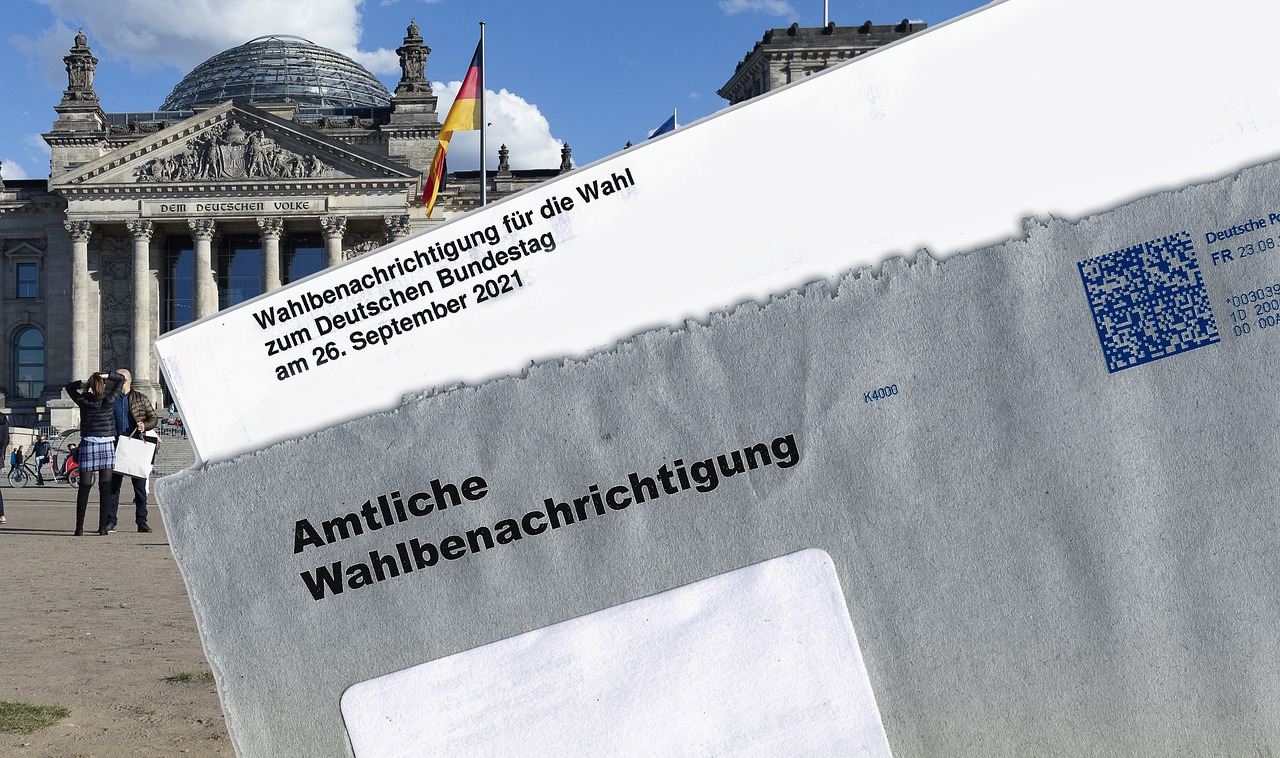Electoral College’s Impact on Election Outcomes
The Electoral College is a system used in the United States to elect the President. It consists of 538 electors, with each state assigned a certain number of electors based on its representation in Congress. When citizens vote in presidential elections, they are actually voting for a slate of electors chosen by the political parties.
The electors, who are typically dedicated party members, then cast their votes for President. To win the presidency, a candidate must secure at least 270 out of the 538 electoral votes. This system aims to balance the influence of more populous states with smaller ones, ensuring that all states have a say in the presidential election process.
The History of the Electoral College
The Electoral College was established by the Founding Fathers of the United States during the Constitutional Convention in 1787. The system was a compromise between those who wanted the president to be elected by Congress and those who wanted a direct popular vote.
Initially, the concept of the Electoral College was seen as a way to balance the power between the states and the federal government. Each state was allocated a number of electors based on its representation in Congress, with a total of 538 electors in the current system. The electors, who are typically chosen by political parties, then cast their votes for the president and vice president on behalf of their respective states.
The Role of Swing States in the Electoral College
Swing states play a crucial role in determining the outcome of presidential elections in the United States. These are states where the support for both major political parties is closely balanced, making them unpredictable in terms of their voting patterns. Due to their swing nature, these states are heavily targeted by candidates during their campaigns as winning them can significantly impact the overall results.
In swing states, political campaigns invest substantial resources in advertising, rallies, and grassroots efforts to sway undecided voters. The outcome in these states can sway the electoral votes in favor of one candidate over the other, highlighting the importance of understanding and appealing to the diverse interests of swing state voters. As such, they often become the center of attention during elections, with candidates tailoring their policies and messages to resonate with the specific concerns of swing state constituents.
Swing states are crucial in determining the outcome of presidential elections
Support for both major political parties is closely balanced in swing states
Candidates heavily target swing states during campaigns due to their unpredictability
Political campaigns invest substantial resources in advertising, rallies, and grassroots efforts in swing states
Winning swing states can significantly impact the overall results of an election
How does the Electoral College work?
The Electoral College is made up of 538 electors who cast votes to decide the President and Vice-President of the United States. Each state is allocated a certain number of electors based on the state’s population size.
What is the history of the Electoral College?
The Electoral College was established in the Constitution as a compromise between electing the President by a vote in Congress or by a popular vote of qualified citizens.
What is the role of swing states in the Electoral College?
Swing states, also known as battleground states, are crucial in determining the outcome of the presidential election. These states are where the vote is close and could go either way, making them highly sought after by candidates.







